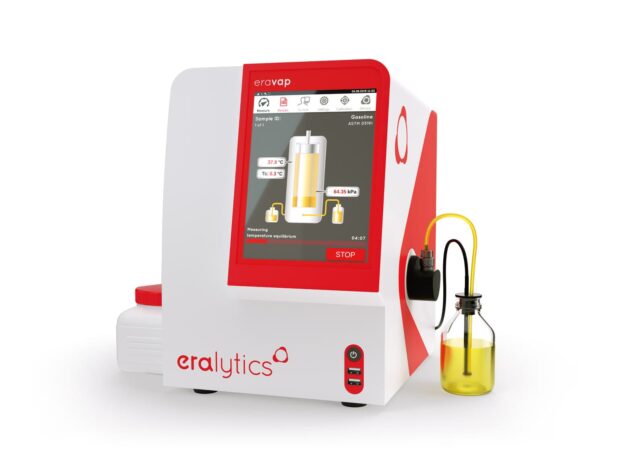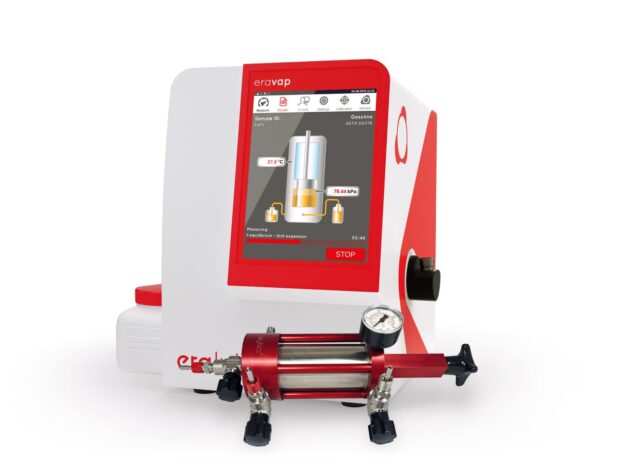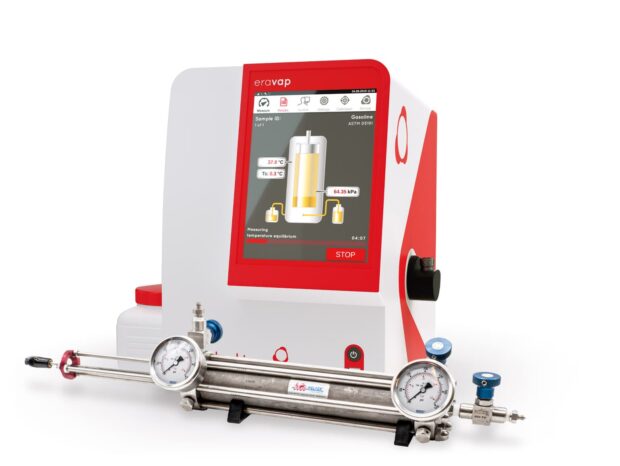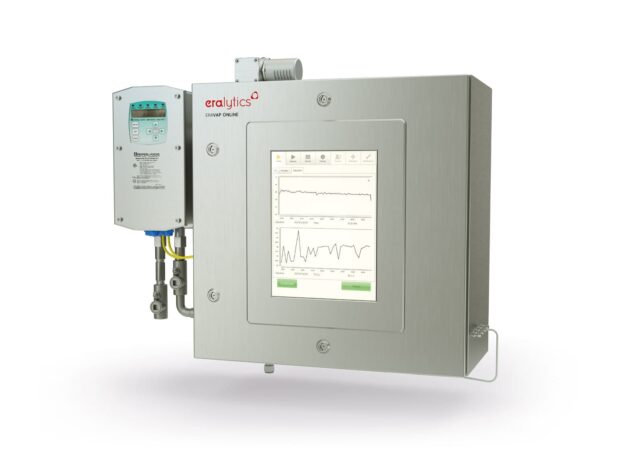Standard Test Method for Determination of Vapor Pressure of Crude Oil: VPCRx (Expansion Method).
Get more information about the standard at ASTM D6377-20.
ASTM D6377 is a standard test method developed by ASTM International for determining the vapor pressure of crude oil using the Expansion Method, also known as Vapor Pressure of Crude Oil: VPCRx. Vapor pressure is a critical physical property that influences the handling, storage, and transportation of crude oil. Accurate measurement of vapor pressure is essential for ensuring safety and compliance with industry regulations.
Details
The ASTM D6377 test method utilizes automated instruments to measure the vapor pressure of crude oil samples. The procedure involves introducing a chilled, pressurized sample into a test chamber, where it is allowed to expand to a specified vapor-liquid ratio (V/L). The instrument then measures the pressure exerted by the vapor phase at a controlled temperature, typically 37.8°C (100°F). This method is suitable for samples with vapor pressures between 25 kPa and 180 kPa and V/L ratios ranging from 4:1 to 0.02:1.
Key advantages of this method include its ability to prevent the loss of volatile components by maintaining the sample under pressure higher than its vapor pressure during handling. Additionally, the method does not require air saturation or chilling of the sample prior to measurement, simplifying the procedure and reducing potential sources of error. The vapor pressure determined at a V/L ratio of 4:1 (VPCR4) can be related to values obtained using other methods, such as ASTM D323, facilitating comparison across different testing protocols.
Industries and Applications
ASTM D6377 is widely applied in various industries and applications, including:
- Petroleum Industry: Refineries and crude oil producers use this method to assess the vapor pressure of crude oil, ensuring safe handling, storage, and transportation. Accurate vapor pressure measurements help in designing appropriate storage facilities and selecting suitable transportation methods
- Shipping and Transportation: Companies involved in the transportation of crude oil, such as pipeline operators and shipping firms, apply this standard to evaluate the vapor pressure of the oil they handle. This assessment is crucial for preventing vapor lock and ensuring the safety of transport operations
- Regulatory Compliance: Environmental and safety regulatory agencies may reference this test method to verify that crude oil vapor pressures are within permissible limits, thereby minimizing environmental hazards and ensuring public safety
- Quality Control Laboratories: Analytical laboratories specializing in petroleum testing employ this method to provide accurate vapor pressure data, supporting quality assurance and compliance with industry standards



